Health and Nutrition Awareness
The growing awareness of health and nutrition is a pivotal driver in the 3D Food Printing Market. Consumers are becoming more informed about the nutritional content of their food, leading to a demand for healthier options. 3D food printing technology allows for the precise control of ingredients, enabling the creation of nutritionally balanced meals tailored to individual health needs. Market Research Future indicates that the health food sector is expanding rapidly, with consumers willing to invest in products that promote well-being. This trend is likely to propel the 3D Food Printing Market forward, as companies innovate to meet the rising expectations for health-oriented food solutions.
Rising Demand for Customization
The 3D Food Printing Market is witnessing a notable increase in consumer demand for personalized food products. This trend is driven by a growing interest in unique dietary preferences and health-conscious eating habits. Consumers are increasingly seeking food that caters to their specific nutritional needs, which 3D food printing can effectively address. According to recent data, the market for personalized nutrition is projected to reach substantial figures, indicating a shift towards customized food solutions. As a result, companies in the 3D Food Printing Market are investing in technologies that allow for the creation of tailored food items, enhancing consumer satisfaction and engagement.
Expansion of Food Service Applications
The 3D Food Printing Market is experiencing growth due to the expansion of applications within the food service sector. Restaurants and catering services are increasingly adopting 3D food printing technology to enhance their offerings and create visually appealing dishes. This trend is driven by the need for differentiation in a competitive market, where unique food presentations can attract customers. Data suggests that the food service industry is evolving, with a significant portion of establishments exploring innovative food preparation methods. As the demand for unique dining experiences rises, the 3D Food Printing Market is likely to benefit from increased adoption in food service applications.
Technological Advancements in Food Printing
The 3D Food Printing Market is significantly influenced by rapid advancements in technology. Innovations in printing techniques, materials, and software are enabling more efficient and versatile food production processes. For instance, the development of new edible inks and printing materials has expanded the range of food items that can be produced. Market data suggests that the adoption of these technologies is expected to grow, with a compound annual growth rate (CAGR) of over 20% in the coming years. This technological evolution not only enhances the quality and variety of food products but also streamlines production, making it a key driver in the 3D Food Printing Market.
Sustainability Initiatives in Food Production
Sustainability is becoming a central theme in the 3D Food Printing Market, as consumers and businesses alike prioritize eco-friendly practices. The ability to reduce food waste through precise ingredient usage is a compelling advantage of 3D food printing. By utilizing only the necessary amounts of materials, this technology contributes to more sustainable food production methods. Recent studies indicate that the food industry is responsible for a significant percentage of global waste, and 3D food printing offers a viable solution to mitigate this issue. As sustainability becomes increasingly important, the 3D Food Printing Market is likely to see a surge in demand for environmentally conscious food production methods.


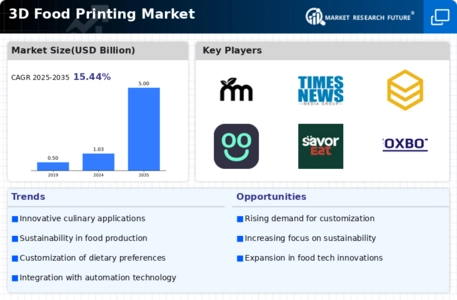
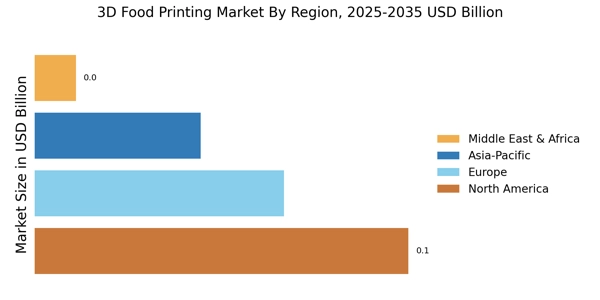
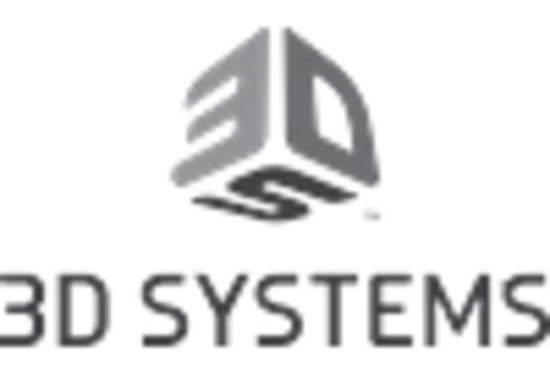

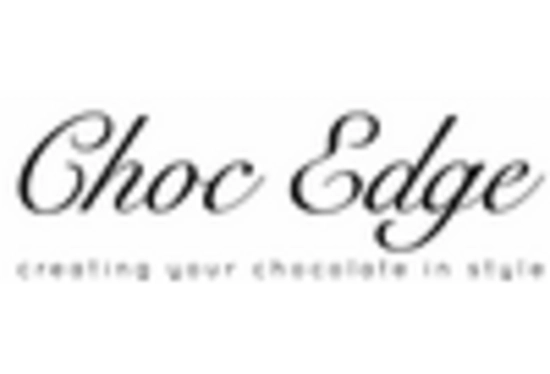

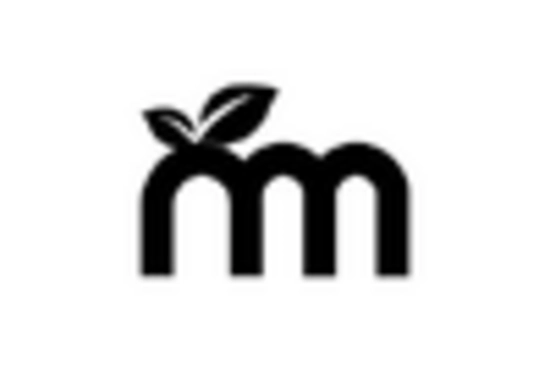
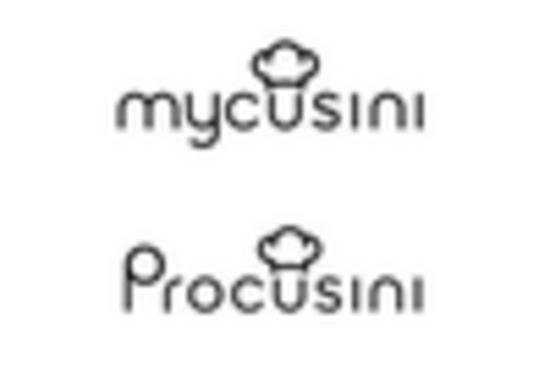








Leave a Comment